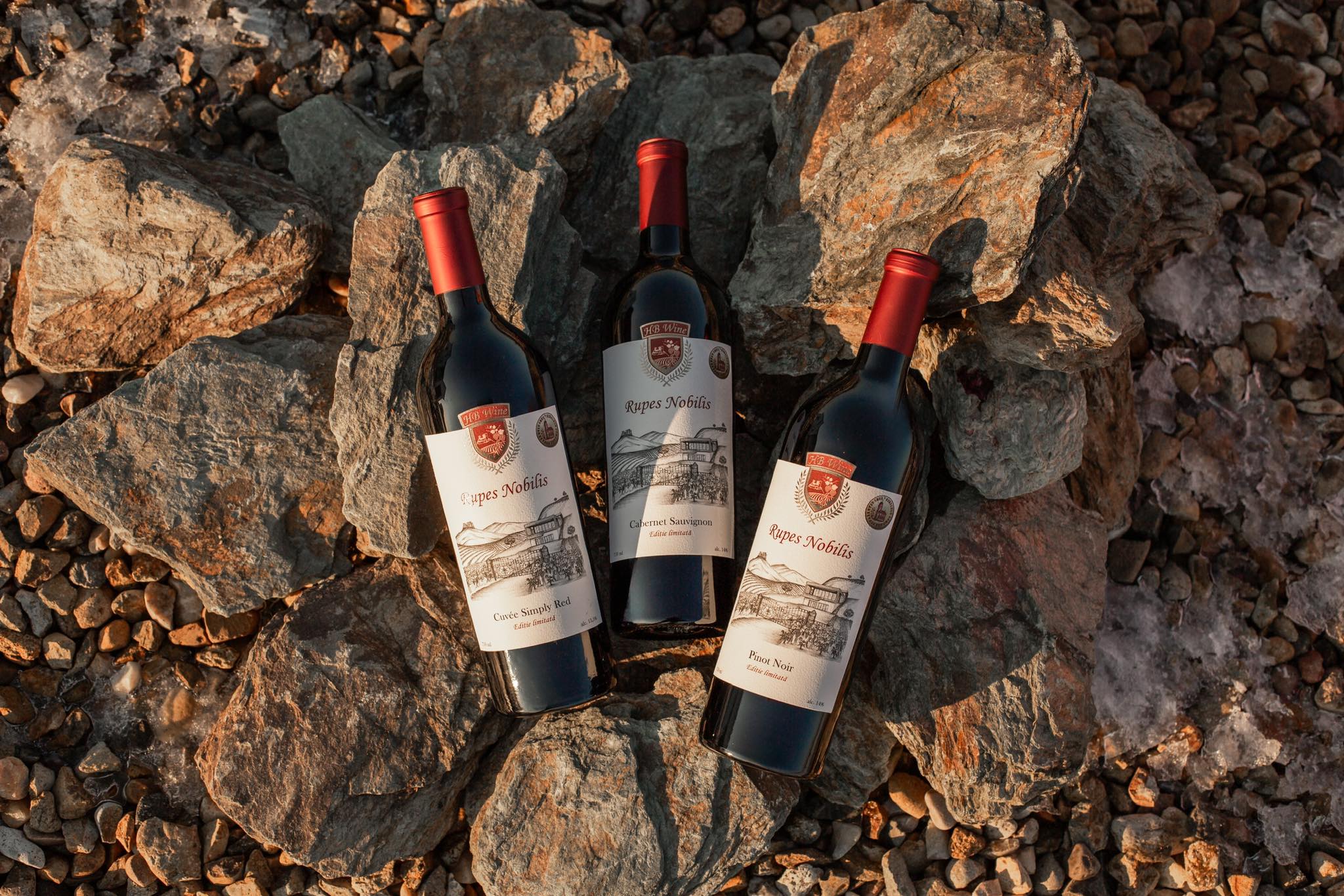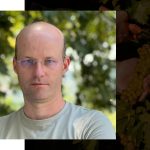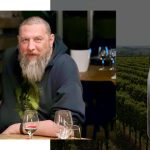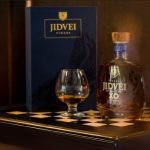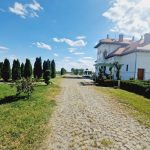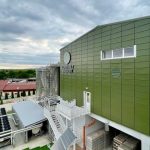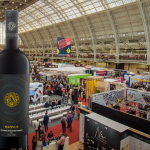Ask anyone about wine – whether they’re an oenologist, owner, viticulturist, sommelier, or a marketing or sales professional – and you’ll always hear one key word: passion. So often, in fact, that it sometimes seems to lose its meaning. Yet, ultimately, that’s what it’s all about – wine is born of passion and inspires passion. And the story of HB Wine is one about the journey from the very first glass to a passion so deep that you eventually must have your own wine.
Miniș, a Land of Stone, Legends, and Wine
The Land of Zărand is full of founding legends, from the tale of the three sisters who built the fortresses of Șiria, Dezna, and Șoimoș, to the story of the road cleared through snow drifts every winter from Vienna to Miniș, ensuring that wine from this region was never absent from the Austrian royal court. We won’t dwell too much on the stories—it’s better to hear them straight from the locals, especially if you treat yourself to a tasting at a winery, where the narrative is sprinkled with aromas and flavor.
Perhaps even more important are the warm springs, the Mediterranean breezes, the “noble rock” subsoil covered by a layer of black soil no more than a meter deep, and the gentle slopes of Zărand – all combining to create a wonderful climate for the vine, and especially for red wines.
The First Glasses Savored with the Thought
The man behind the story is Horia Ban, a successful entrepreneur who, many years ago, had the chance to meet Professor Dorin Popa, one of the people who left and still leaves a deep mark in the world of wine, throughout Western Romania and beyond. Along with five other friends, he began organizing tastings that eventually evolved into study sessions exploring different regions, grape varieties, and winemaking styles. The six became the core of the “Millesime” Association for the Culture and Civilization of Wine, which today boasts around 200 members.
“We learned the craft, we began to understand what happens in the glass, we started to know what to look for in a glass—to truly know wine,” Horia Ban recounts in the Wines of Romania podcast episode. “Today, a lot of beer is consumed throughout Romania. But if you go to Oradea, you’ll see that 70% of restaurant patrons have wine on the table. Because the Association has grown, each member learns and, in turn, teaches their friends. It’s a pyramid structure (of knowledge transfer, note well),” he adds.
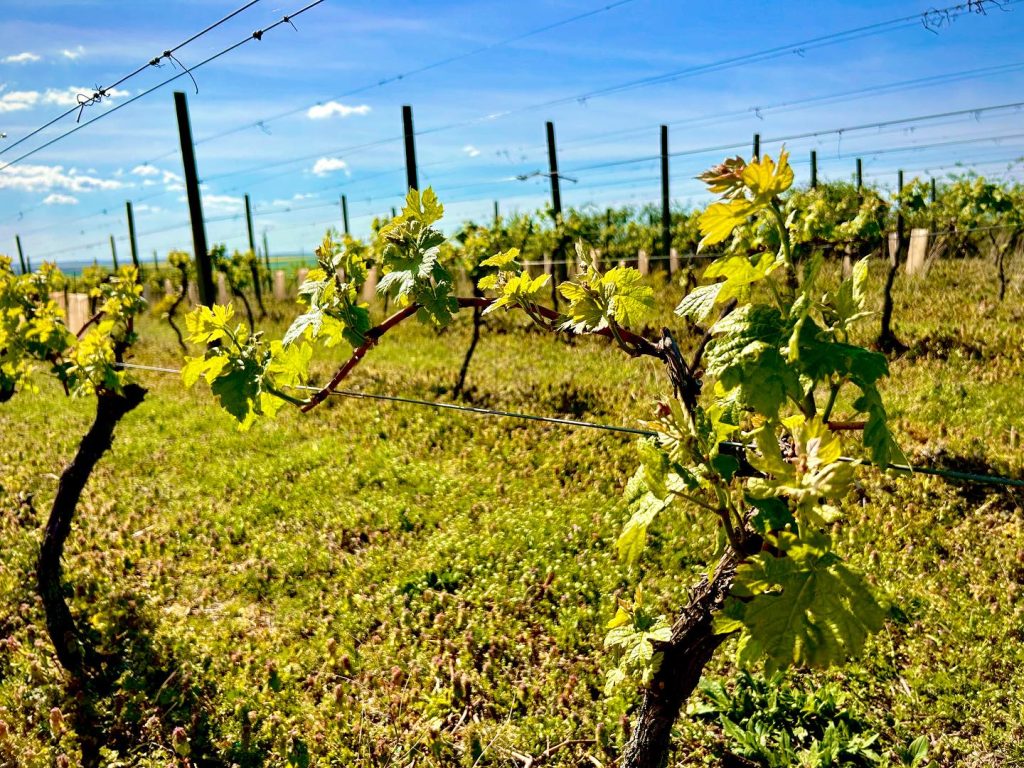
A Friend, a Motorcycle, a Winery
Horia Ban visited the wineries in Miniș-Măderat, spoke with owners, oenologists, and viticulturists, and also toured other regions, participating in top international fairs – such as the one in Merano. With each wine he tasted, the idea of having his own wine, his own winery, took hold.
Initially, he had planned to create, together with another friend, a place where they could ride their motorcycles, have a small wooden house, perhaps with a small cellar to “play winemaking” as a hobby. He didn’t even want to take on more than half a hectare of vineyard, otherwise it would become too serious for a mere hobby.
Between his visits, he found the piece of land he had always dreamed of – on a west-facing slope overlooking the Șiria Fortress. It was the land of an elderly widow who didn’t want to sell just parts of her property but all three hectares as a whole. Horia Ban hesitated; he even proposed a better price per square meter, but only for the parcel that interested him. That was until one weekend, when, while looking for a winery open on Sunday, he arrived at Villa Veche – a place maintained by a woman with two children, her husband was a pilot, so mostly away, and a single helper who came at most twice a week. And he thought, “If she can do it, and I have helpers, employees, and everything I need, why couldn’t I?”
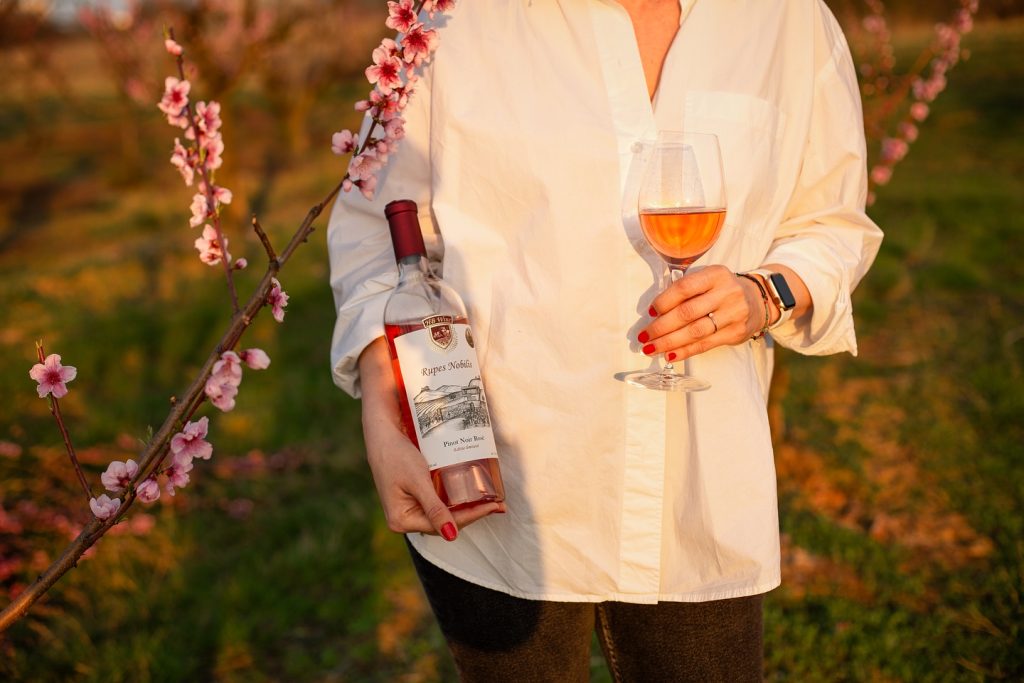
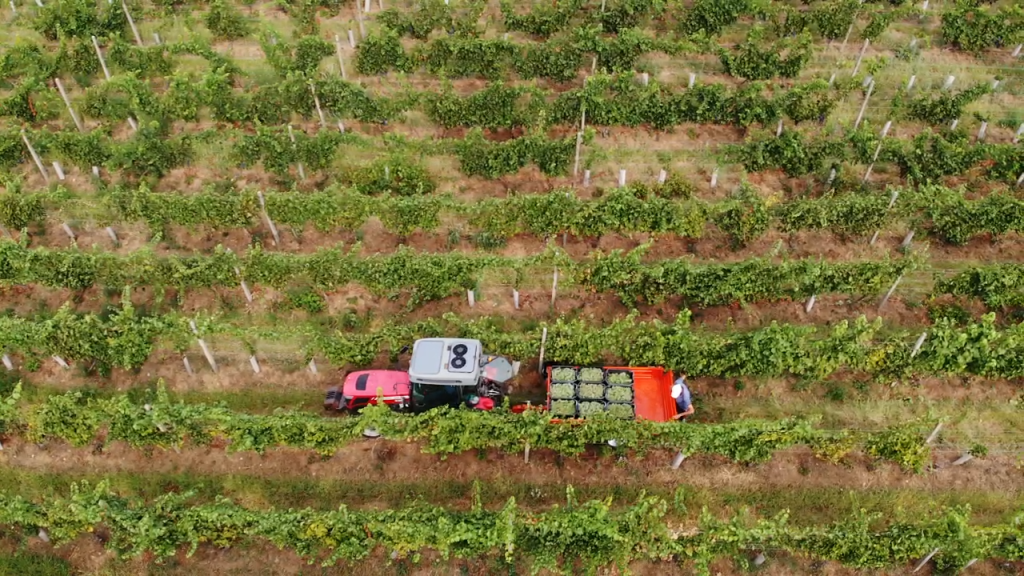
A Tesla Turned Liquid
At Villa Veche, he also vinified his first 6 tons of grapes, and it was there that he (re)encountered Clara Kardos, whom he had met at the Milessime gatherings, then serving as an oenological consultant for Crama Corbuț. Today, Clara is the oenological consultant for HB Wine – and much more than that. It wouldn’t be an exaggeration to say that she is the heart of the winery, if Horia Ban is the mind.
“That’s how we went from a cellar where we just played at being a winery. Back then, Tesla was launching a model with a 1,000-kilometer range, priced around 180,000 euros, and I wanted to get one. Then I thought, why invest money in a car that immediately starts to depreciate… wouldn’t it be better to invest it in a winery? Because it doesn’t depreciate—in fact, it appreciates. Sure, now there’s much more than one Tesla there, but it’s an investment whose value increases,” Horia Ban recounts in the Wines of Romania podcast. Wines of Romania podcast.
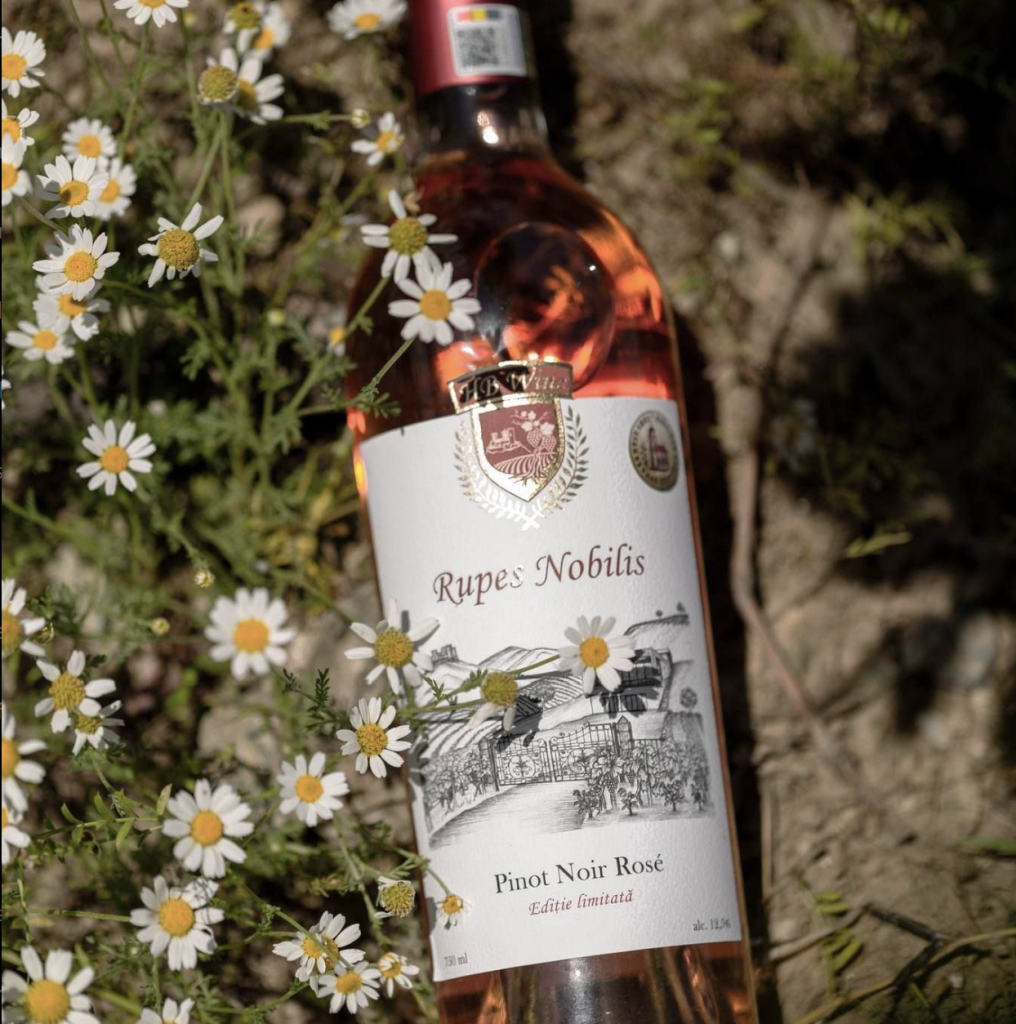
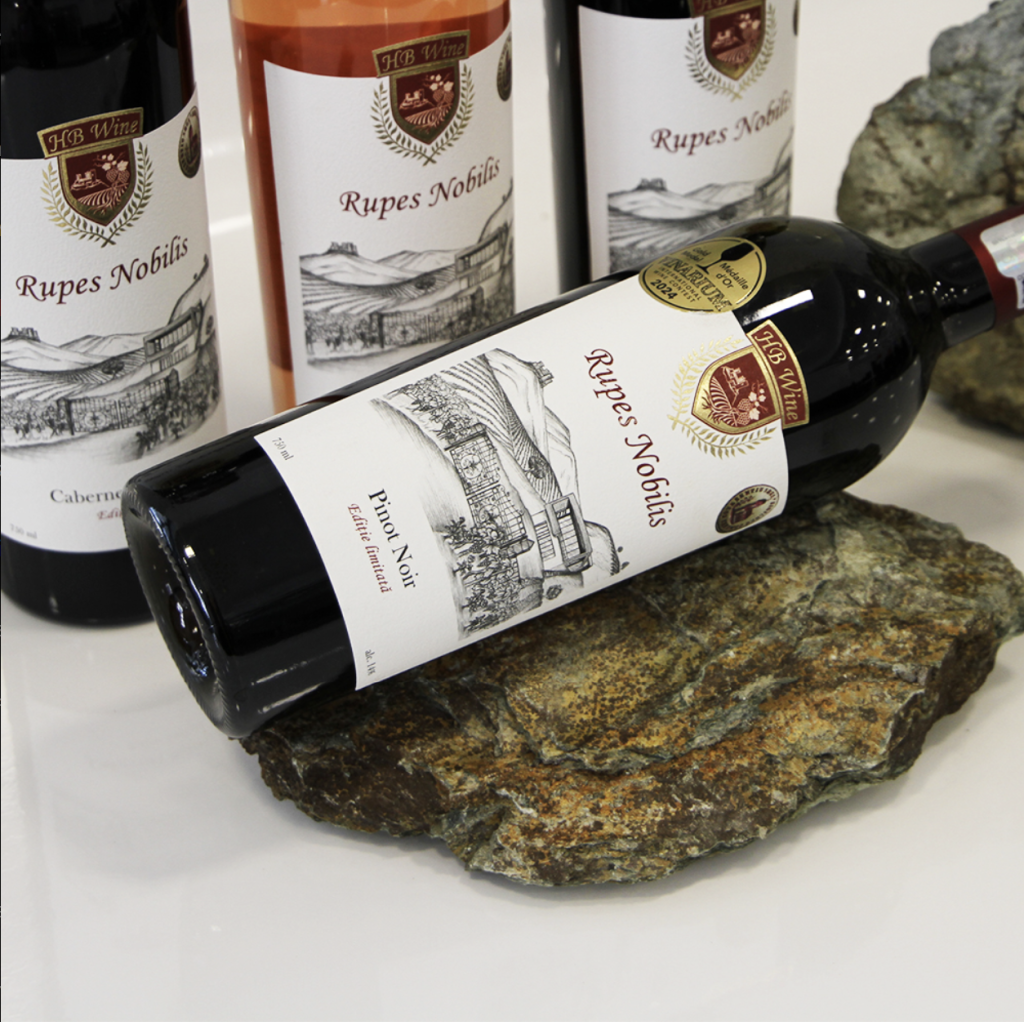
A Sunday Bringing Gold
After that Sunday at Villa Veche, it wasn’t long before Horia Ban acquired the three hectares that, at first, seemed too much. “We were very lucky to find an excellent viticulturist who knows the area and the local vineyards very well. He doesn’t just work with our vineyard, but also with those of friends from whom we buy grapes, ensuring we get high-quality produce (…) And Clara Kardos makes terroir wines that truly capture the mineral character of the place, even in red wines,” says Horia Ban.
The vineyard, which is 50 years old today (47 at the time of purchase), was quickly revitalized at the cost of a modest harvest – 5 tons of grapes from 3 hectares. This modest yield translated into a string of medals that started coming in quickly and show no signs of stopping. From BASF and „Vin la Munte” to Vinarium or Mundus Vini, HB Wine’s wines have consistently earned silver, gold, or at least high scores (at international competitions, it sometimes happened that a wine scoring above the silver threshold wasn’t awarded because only the top third of entries receive medals).
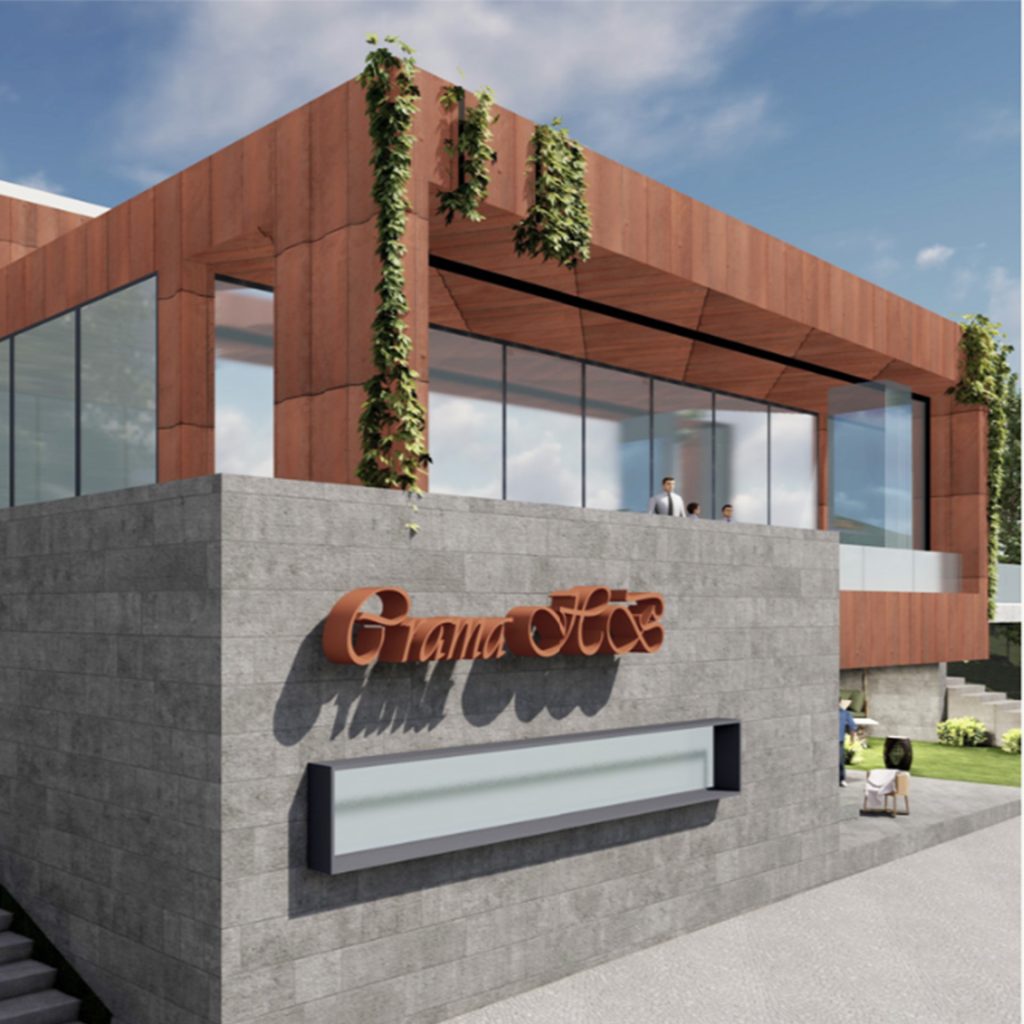
A Soul for Small Wineries and a Promise of Patience
Clara Kardos, without whom these results wouldn’t have been possible, has also worked with large wine producers operating with impressive volumes, yet she loves small wineries. “Here, it’s like family. Here you’re noticed in a different way. In a large winery, it’s more about strategies, targets, sales, and marketing. Decisions are made to bottle several million liters at once… In a boutique winery, we consult with each other, the oenologist plays a different role, and relationships among people form in a different way. It requires involvement, closeness – a connection with the winery and the vineyard. Small wineries are personal projects; that’s what sets them apart from large ones,” says Clara Kardos, whom you can also get to know on an episode of “ The Winemaker Talks”, on the Wines of Romania YouTube channel.
Initially in love with Fetească Neagră, which he discovered in Gabi Lăcureanu’s Ancestral, Horia Ban later discovered the potential of Cabernet Sauvignon in Miniș and is on the verge of having a new favorite grape: “We need to invest some patience. It was a good thing that our fresh wines were well received, but I want to release the Cabernet after 3–5 years in the winery, with at least 6, maybe 12 months of barrel aging. After I see those wines, I’ll ask myself again which is my favorite grape.”
📷 Photo source: HB Wine
